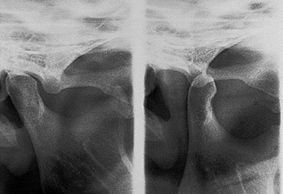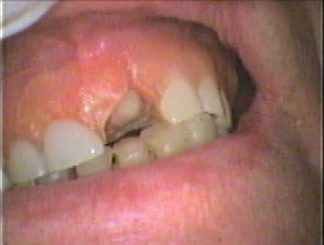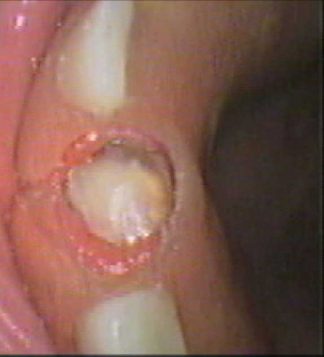Need an Appointment?
If you'd like to book an appointment with the dentist at Seymour Dental then contact us, or call us in Dulwich Hill, Sydney on (02) 9564 2397.
There is an inter-relationship between the teeth and with muscles of mastication (chewing) and muscles of the neck and the temporal-mandibular joint (TMJ). This is due to the feedback loop that occurs between each structure. A brief overview of this complex relationship follows.
Teeth
Around each tooth there is a space with the bone that is occupied by a ligament called the periodontal ligament. This structure contains pressure sensors that alert the brain on how hard it is biting. Sometimes, with excessive pressure, the ligament space can enlarge to allow the tooth to move and to provide more shock absorber properties. Once the excess pressure is relieved then the space reduces and the tooth movement reduces.
Loss of teeth also reduces the feedback as no tooth, means no ligament. We sometimes leave root stumps behind and place dentures over the roots (item number 734) so the patient can have the sensation of a tooth and provide feedback for chewing.
Excessive grinding, loss of teeth, or loss of periodontal ligament due to gum disease, can alter the co-ordination of the joint and muscle co-ordination.
Muscle
This feedback from the teeth helps to co-ordinate:
- the closing jaw muscles that are found in the cheek and in the TMJ itself
- opening jaw muscles in the front of the neck and attached to the jaw
- and the supporting neck muscles, front and back, and even the shoulder muscles.
The excessive grinding of teeth can lead to muscle spasm of the overworked closing muscle. These muscles do not relax, to allow the opening muscles to work, therefore it becomes very difficult to open the mouth!
This is called Trismus.
Jaw
There is padding and a ligament in the TMJ, between the upper jaw (maxilla) and the lower jaw (mandible), that can be affected by the stress situation of teeth grinding and muscle spasm. This can lead to jaw clicks, crepitus (grinding sounds) and pain. The padding does not stay properly on the bone of the lower jaw and can get in the way of opening and closing. Sometimes the jaw locks.
Next instalment in this series: The jaw joint complex of the teeth, muscles and joints – The teeth aspect
Next week: Dance for Abilities
 479 Marrickville Road
479 Marrickville Road

